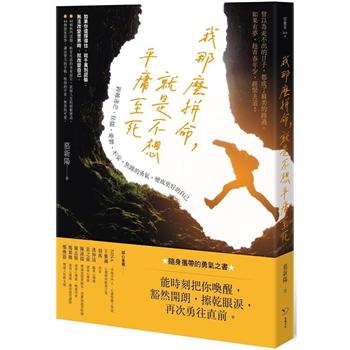Explores the practices and processes by which manuscripts were crafted, mended, protected, marked, gifted and shared.
During the "long fifteenth century" (here, 1375-1530), the demand for books in England flourished. The fast-developing book trade produced them in great quantity. Fragments of manuscripts were often repurposed, as flyleaves and other components such as palimpsests; and alongside the creation of new books, medieval manuscripts were also repaired, recycled and re-used. This monograph examines the ways in which people sustained older books, exploring the practices and processes by which manuscripts were crafted, mended, protected, marked, gifted and shared. Drawing on the codicological evidence gathered from an extensive survey of extant manuscript collections, in conjunction with historical accounts, recipes and literary texts, it presents detailed case studies exploring parchment production and recycling, the re-use of margins, and second-hand exchanges of books. Its engagement with the evidence in - and inscribed on - surviving books enables a fresh appraisal of late medieval manuscript culture in England, looking at how people went about re-using books, and arguing that over the course of this period, books were made, used and re-used in a myriad of sustainable ways.| FindBook |
有 1 項符合
Re-Using Manuscripts in Late Medieval England: Repairing, Recycling, Sharing的圖書 |
 |
Re-Using Manuscripts in Late Medieval England: Repairing, Recycling, Sharing 作者:Ryley 出版社:York Medieval Press 出版日期:2024-04-09 語言:英文 規格:平裝 / 240頁 / 普通級/ 初版 |
| 圖書館借閱 |
| 國家圖書館 | 全國圖書書目資訊網 | 國立公共資訊圖書館 | 電子書服務平台 | MetaCat 跨館整合查詢 |
| 臺北市立圖書館 | 新北市立圖書館 | 基隆市公共圖書館 | 桃園市立圖書館 | 新竹縣公共圖書館 |
| 苗栗縣立圖書館 | 臺中市立圖書館 | 彰化縣公共圖書館 | 南投縣文化局 | 雲林縣公共圖書館 |
| 嘉義縣圖書館 | 臺南市立圖書館 | 高雄市立圖書館 | 屏東縣公共圖書館 | 宜蘭縣公共圖書館 |
| 花蓮縣文化局 | 臺東縣文化處 |
|
|
圖書介紹 - 資料來源:博客來 評分:
圖書名稱:Re-Using Manuscripts in Late Medieval England: Repairing, Recycling, Sharing
|











